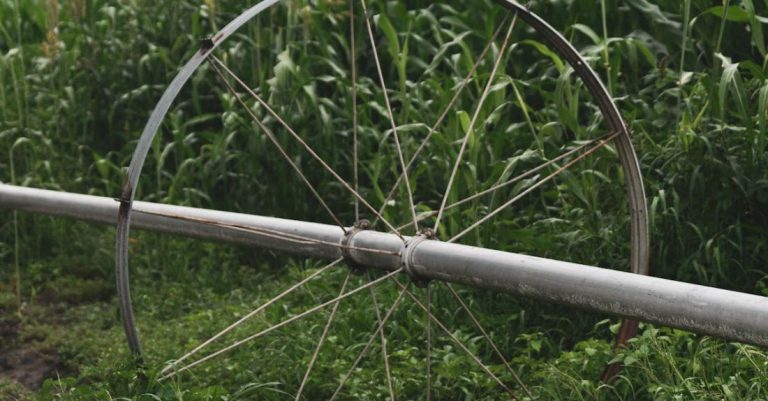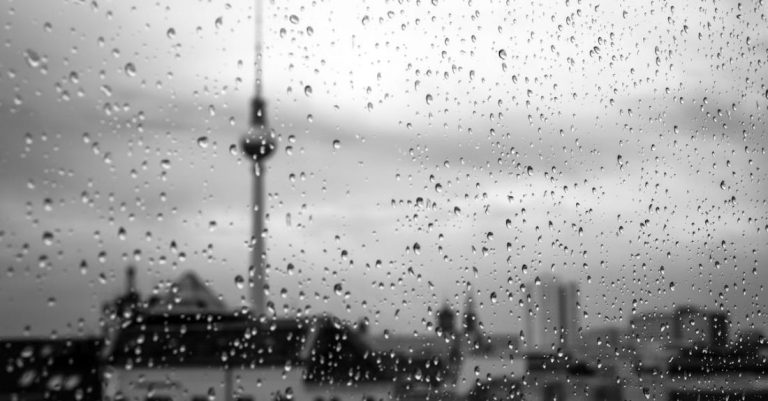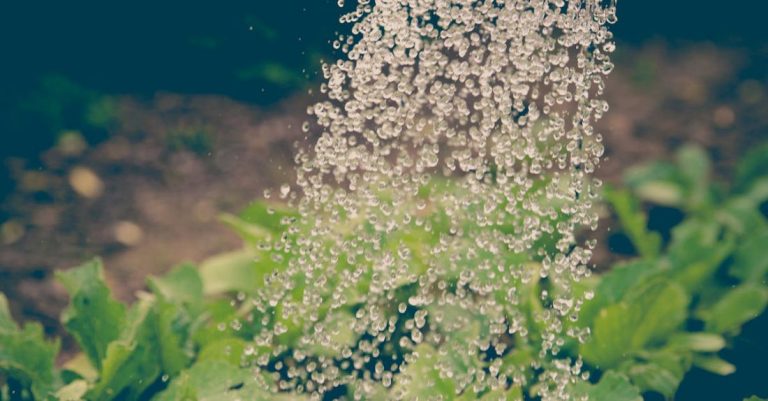
Maintaining a lush, green lawn requires proper care and attention, with one of the most critical aspects being watering. Providing the right amount of water at the right time can make a significant difference in the health and appearance of your lawn. In this article, we will explore the best techniques for watering lawns to help you achieve a vibrant and thriving outdoor space.
**Understanding Your Lawn’s Water Needs**
Before delving into watering techniques, it’s essential to understand your lawn’s water requirements. Factors such as grass type, soil type, climate, and sun exposure all play a role in determining how much water your lawn needs. Different grass species have varying water needs, so it’s crucial to research the specific requirements of the grass in your lawn.
**Watering in the Early Morning or Late Evening**
One of the best techniques for watering lawns is to do so in the early morning or late evening. Watering during these times helps reduce water loss due to evaporation and ensures that the water has time to penetrate the soil before the heat of the day sets in. Early morning watering also helps prevent the growth of fungus and diseases that thrive in damp conditions.
**Deep and Infrequent Watering**
Rather than frequent shallow watering, deep and infrequent watering is a more effective technique for maintaining a healthy lawn. When you water deeply, you encourage the roots to grow deeper into the soil, making the grass more resilient to drought conditions. Aim to water your lawn to a depth of around 6 inches to ensure that the water reaches the root zone.
**Use a Soaker Hose or Drip Irrigation System**
Soaker hoses and drip irrigation systems are excellent tools for watering lawns efficiently. These systems deliver water directly to the root zone with minimal water loss due to evaporation or runoff. Soaker hoses can be laid out in a zig-zag pattern across the lawn, while drip irrigation systems can be set up with individual emitters placed strategically around the lawn.
**Monitor Soil Moisture**
To determine when your lawn needs watering, it’s essential to monitor the soil moisture levels regularly. You can do this by inserting a screwdriver or a soil moisture meter into the ground. If the tool goes in easily, the soil is moist enough. If there is resistance, it’s time to water. Avoid overwatering, as this can lead to waterlogged soil and promote the growth of weeds and fungus.
**Adjust Watering Frequency Based on Weather Conditions**
Weather conditions play a significant role in determining how often you need to water your lawn. During periods of high temperatures or drought, you may need to increase the frequency of watering to prevent the grass from drying out. Conversely, during cooler and wetter periods, you can reduce the frequency of watering to avoid waterlogging the soil.
**Mulch Around Trees and Shrubs**
Mulching around trees and shrubs in your lawn can help retain soil moisture and reduce the need for frequent watering. Organic mulches such as wood chips or shredded bark not only help conserve water but also add nutrients to the soil as they break down. Mulching also helps regulate soil temperature and suppress weed growth, contributing to a healthier lawn overall.
**Choosing the Right Sprinkler System**
When it comes to watering lawns, choosing the right sprinkler system is crucial. There are various types of sprinklers available, including oscillating, rotary, and stationary sprinklers. Consider the size and shape of your lawn, water pressure, and coverage area when selecting a sprinkler system to ensure efficient and effective watering.
**A Final Word on Watering Lawns**
In conclusion, proper watering is essential for maintaining a healthy and vibrant lawn. By understanding your lawn’s water needs, watering at the right times, using efficient watering techniques, and adjusting based on weather conditions, you can ensure that your lawn remains lush and green throughout the year. Implementing these best watering techniques will not only enhance the appearance of your lawn but also contribute to its long-term health and resilience. With a little attention and care, you can enjoy a beautiful and thriving outdoor space for years to come.





